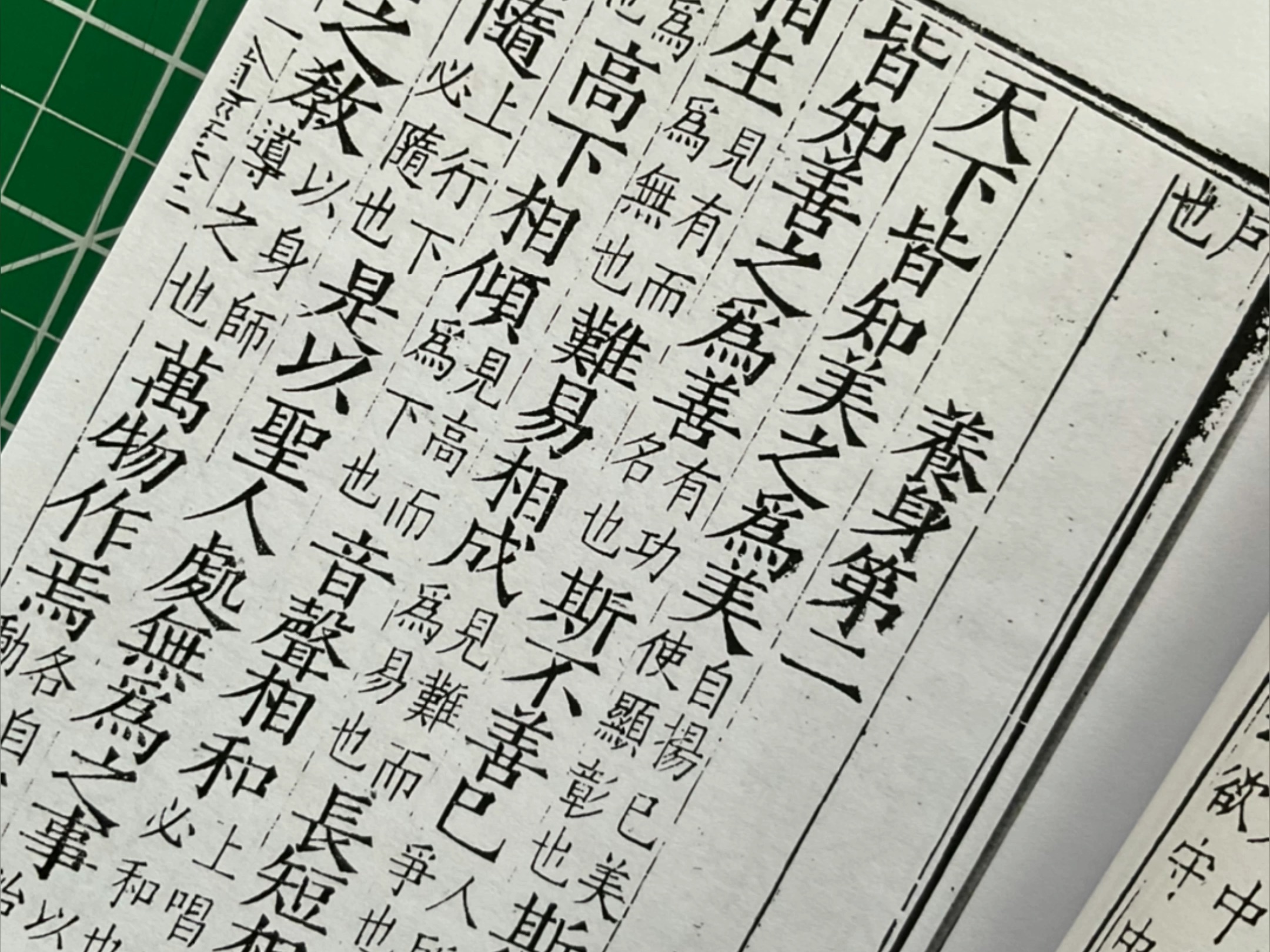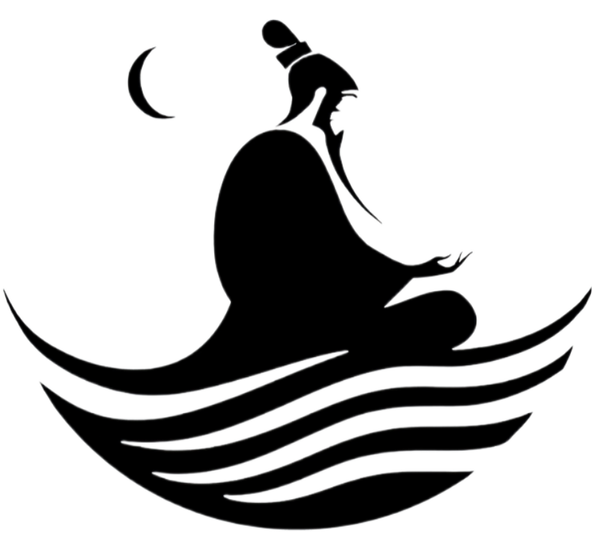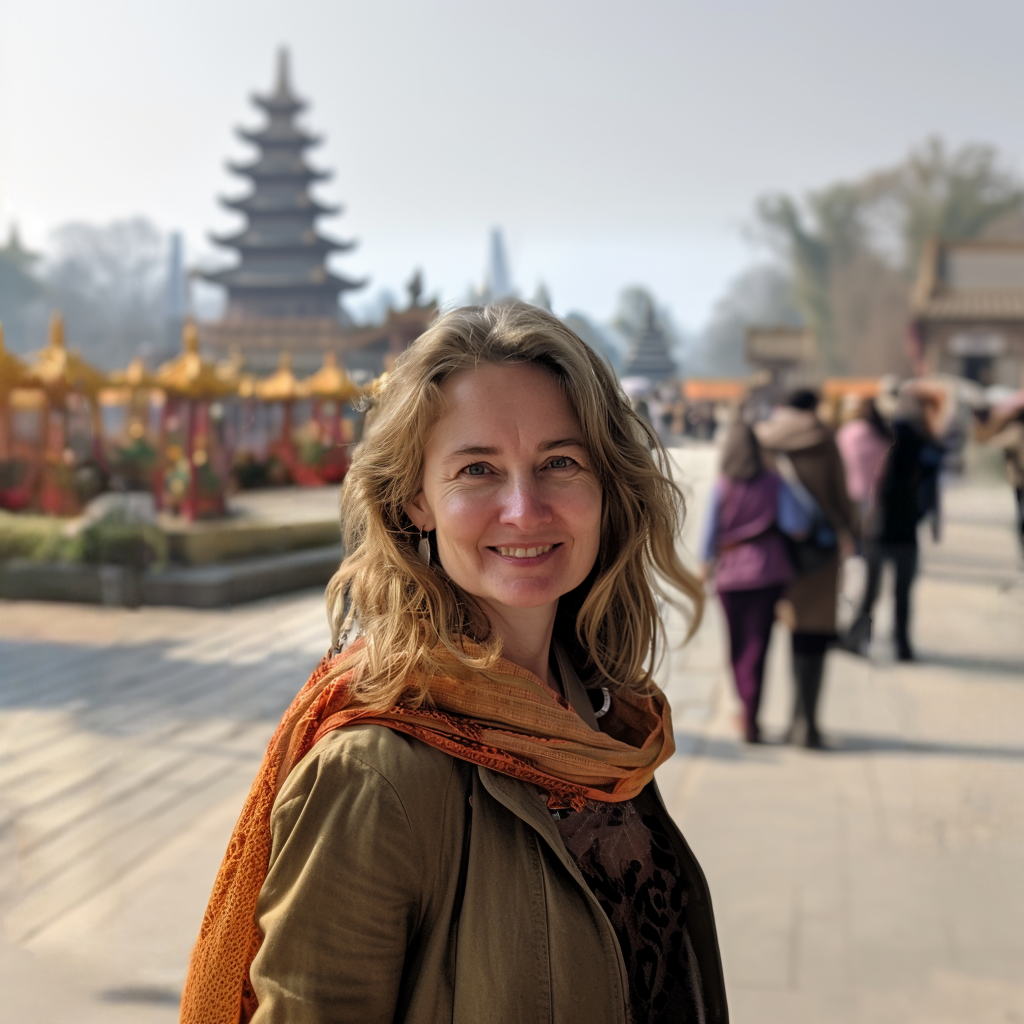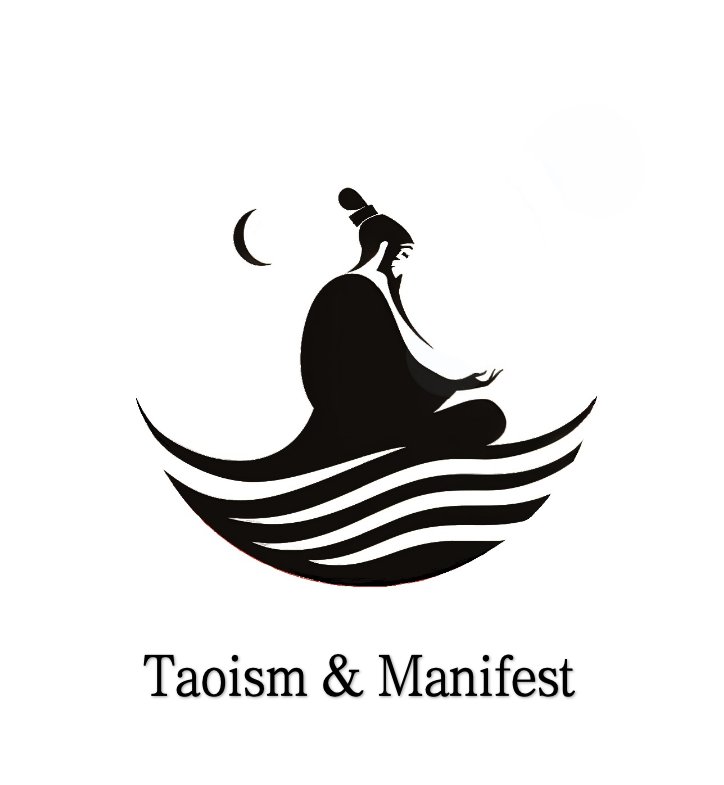
Reading the Tao Te Ching helps you start learning about Taoism, but it does not show you everything. Taoism is much more than just one book. It mixes ideas, the search for the Tao, and a real religious tradition. The Tao Te Ching gives wise poems and talks about the way, but it does not answer every question. Other old books like the Zhuangzi, Huainanzi, and Liezi also help shape the ideas and guide people on the path. To really understand Taoism, you need to study and practice. This lets people find the Tao in many different ways.
Key Takeaways
Reading the Tao Te Ching is the first step into Taoism, but it does not tell you everything about the way. - Taoism has many books, practices, and traditions that help people learn about the Tao in different ways. - The Tao Te Ching uses simple and mysterious poems that make you think for yourself instead of giving clear steps. - Taoist practices like meditation, rituals, and arts help people feel the Tao, not just read about it. - Learning Taoism gets better with a group, teachers, and by reading different books and translations.
Tao Te Ching: Limits and Challenges

Ambiguity and Brevity
The Tao Te Ching stands out for its short and mysterious style. Each chapter uses few words, but the meaning runs deep. The text often describes the Tao as a mystery, something that cannot be fully explained. Readers see phrases like "the sage goes about doing nothing," which points to the idea of non-action. This simplicity can make the Tao Te Ching feel wise, but it also leaves much open to interpretation. The book often talks about opposites, such as light and dark or strong and weak. These opposites show how the universe works in balance. The Tao Te Ching does not give clear answers. Instead, it invites people to think about the way of nature and the universe.
Lack of Practical Guidance
Many people notice that the Tao Te Ching does not offer step-by-step instructions. It does not act as a manual for daily life or religious practice. The text shares ideas about the Tao, the way, and the universe, but it does not tell readers exactly what to do. Taoist practice focuses on spiritual self-cultivation, not on following strict rules. The Tao Te Ching inspires people to live in harmony with nature and to value simplicity. However, it does not explain how to meditate, perform rituals, or join a community. Later Taoist traditions built on the philosophy found in the Tao Te Ching, but they added more details and practices.
Context and Interpretation
Understanding the Tao Te Ching depends on context. Different translations of the Tao Te Ching can change how people see the way and the Tao. Some translations use a literal approach, while others try to sound poetic. This affects how readers understand ideas like Tao, Te, and non-action. For example, the word Tao might mean "way," "path," or even "the natural flow of the universe." The meaning of Te can shift from "virtue" to "inner strength." These choices shape how people view the philosophy and mystery of the Tao Te Ching. The book alone cannot show the full range of Taoism. To understand the way, people need to explore other texts, practices, and the living tradition.
Understanding Taoism Beyond One Book
Other Key Texts
Taoism is more than just the Tao Te Ching. The Zhuangzi is also very important to many people. This book uses stories and jokes to talk about the universe. It says everything in the universe is equal. People should try to be free from wanting too much. The Zhuangzi often talks about opposites to explain things. It tells people to stop following strict rules. Instead, they should live close to nature. The Liezi is another old book. It has stories about the way, fate, and the universe. The Liezi sometimes gives different ideas than the Tao Te Ching. It talks more about acting naturally and knowing yourself. Both books help people see the Tao in new ways. These books and the Tao Te Ching are the main parts of Taoist thinking. They help people look for wisdom, kindness, and mercy every day.
Taoist Practices
Taoism is not only about reading books. People follow the way by doing meditation, rituals, and arts. Taoist meditation teaches people to breathe slowly and sit quietly. This helps them feel calm and close to the Tao. Some books, like the Neiye, tell how to breathe and focus the mind. The Zhuangzi talks about "sitting and forgetting." This means clearing your mind and letting go of worries. Taoist rituals bring people together. Priests lead prayers and special events to honor spirits and ancestors. These events use music, incense, and special moves. Festivals can last many days and make people happy. At home, families may have small altars for private prayers. Taoist arts, like tai chi and calligraphy, help people follow the way too. These things show how Taoism mixes spirit, nature, and the universe in daily life.
Philosophy and Religion
Taoism has two big parts: philosophy and religion. Taoist philosophy is about the way of the universe. It teaches about balance, kindness, and being humble. People learn to accept change and live with nature. Laozi and Zhuangzi wrote about the Tao as a mystery. They said words cannot fully explain it. They thought wisdom and freedom from wanting things were important. Religious Taoism adds more things. It has rituals, magic, and the search for living forever. Temples and priests are important in this part. People come together for ceremonies and blessings. They learn about the way with others. Both sides come from the same roots but give different ways to understand the Tao. Some people like the philosophy. Others join the religious side. Together, they make Taoism a rich tradition that is part of everyday life.
The Role of Tao and Experience

The Ineffable Tao
The Tao stands as a great mystery. The Tao Te Ching opens by saying, “The Tao that can be spoken is not the eternal Tao.” This line shows that the Tao cannot be fully described with words. The text uses water as a symbol for the Tao. Water flows to low places, showing humility and strength at the same time. It moves in non-resistant ways, shaping rocks without force. The Tao’s mystery appears in its balance and harmony. The Tao Te Ching uses poetic images to help people sense the Tao, but the eternal Tao always stays beyond full understanding. The flow of the nameless tao shapes all things, yet it cannot be captured by language. The Tao’s paradoxes—soft yet strong, present yet hidden—invite people to explore its mystery through living, not just reading.
Lived Experience
Taoist philosophy teaches that the Tao is best known through experience. Words can point to the Tao, but only personal experience brings real understanding. Chuang Tzu said that once someone grasps the meaning, they can forget the words. Taoist teachers often show the way by example, not by long talks. They believe that the Tao reveals itself in daily life experience. Activities like Tai Chi, meditation, and calligraphy help people feel the Tao’s flow. These practices turn the mystery of the tao into something real and close. The Tao becomes part of a person’s actions, thoughts, and feelings. This approach values doing over talking, letting each person find the Tao in their own way.
Community and Teachers
Learning the Tao often happens in a group. Taoist communities give people a place to share the way and support each other. Teachers act as guides, helping students discover the Tao for themselves. They do not give strict orders. Instead, they offer safe paths and tools for learning. In these groups, people practice mercy, kindness, and humility together. The community helps everyone grow and keeps the philosophy alive. Older members pass on the mystery of the tao to new learners. This shared journey makes the Tao a living tradition. The sense of belonging and support helps people stay close to the Tao and its teachings. Through community, the way of the Tao becomes a part of daily life, filled with mercy and joy.
Deepening Your Understanding
Translations of the Tao Te Ching
Many people start their journey with the Tao Te Ching, but not all translations of the Tao Te Ching are the same. Each translator brings a different view of the way and the Tao. Some of the most trusted versions come from Victor Mair, Gia-fu Feng & Jane English, Derek Lin, and Jonathan Star. The James Legge translation is old and easy to find, but some readers find it less clear. Newer translations, like Frank-H’s, try to stay close to the original meaning and philosophy. Reading several translations helps people see the Tao from many sides. This makes it easier to understand the deep ideas in the text. Exploring different versions can open new doors on the path to wisdom.
Study Pathways
Learning about the Tao goes beyond reading. Many Taoist teachers suggest a step-by-step path for beginners:
Accept yourself and let your path change as you grow.
Try simple practices like mindful breathing or gentle movement.
Write down your thoughts in a journal to track your journey.
Visit Taoist temples or join online classes to meet others on the same path.
Tip: Trust your feelings and let your way unfold naturally. The Tao is not about strict rules but about finding balance and harmony in daily life.
Engaging with Taoism
Taoist communities help newcomers by sharing easy-to-read books and practical guides. They use stories, parables, and simple exercises to explain the way. Modern guides, like Eva Wong’s Taoism: An Essential Guide, offer clear steps for meditation, breathing, and movement. Many schools and groups teach the values of kindness, modesty, and balance. Practicing tai chi, mindful walking, or even just spending time in nature can help people feel closer to the Tao. The path of Taoism grows richer when people share, learn, and practice together.
The Tao Te Ching helps people start learning about Taoism. But it does not explain everything about the way. Its poems talk about the Tao and some main ideas. To really understand, people need to read other books and try different practices. Many people learn more by meditating, doing rituals, and joining groups. Taoism has many ways to learn and grow. It asks everyone to keep looking for answers and enjoy learning new things.
FAQ
What is the main idea of the Tao Te Ching?
The Tao Te Ching talks about the Tao, which means the way of the universe. It teaches that being simple and humble helps people find balance. The book uses opposites and mystery to help readers learn wisdom and understanding.
Can someone understand Taoism by reading only one translation of the Tao Te Ching?
Reading just one translation of the Tao Te Ching gives only part of the story. Different translations show new ideas and help people understand better. Reading more than one version helps people see the path and the flow of the nameless tao more clearly.
How does Taoism connect with daily life experience?
Taoism cares about what people do in real life. People learn by living simply and being humble. They follow non-resistant ways. The philosophy says people should be free from wanting too much. It teaches that the sage does nothing and lets nature and the eternal tao guide actions.
Why do Taoists talk about opposites and the mystery of the Tao?
Taoist philosophy uses opposites to show how the universe stays balanced. The mystery of the tao reminds people that some things cannot be explained. This mystery invites people to explore, trust their own path, and enjoy the wisdom found in nature and spirituality.
Do Taoist practices include more than just reading?
Yes, Taoist practices include meditation, rituals, and arts. These activities help people feel the flow of the nameless tao. Community and teachers help people understand and show mercy. The path of Taoism grows when people share experiences and look for the eternal tao together.






